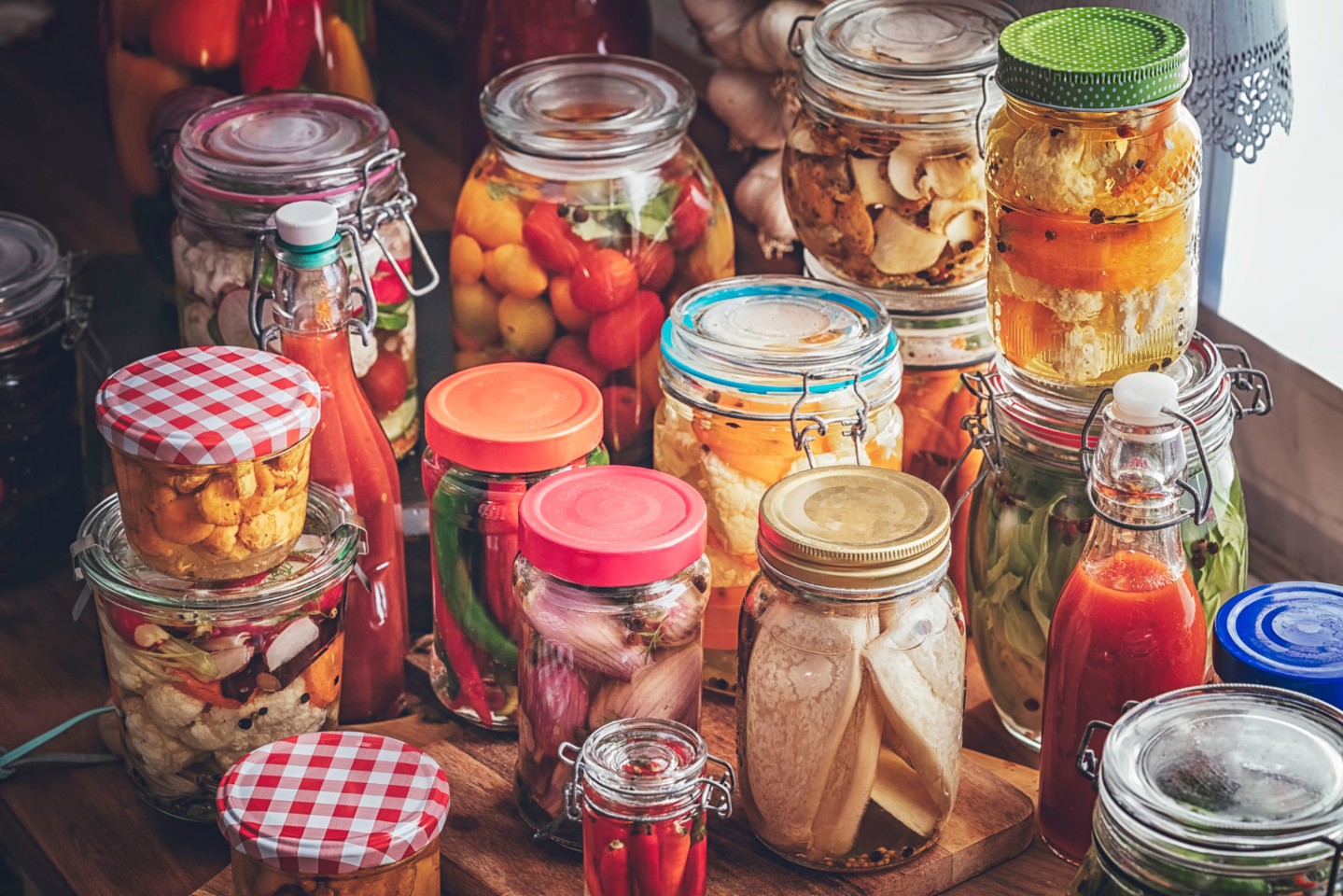Is Stress Holding You Back? Break Free with These Tips
APR 09, 2025Stress is a natural reaction to life's challenges. Practicing mindfulness, staying conntected, and setting boundaries are three effective tips for managing it.
Read More
You’ve been to the farmer’s market and brought home a trunk full of produce. Your neighbor has given you a sack of fresh tomatoes from his garden. Zucchini mysteriously appears on your doorstep one morning. You’re not sure what to do with all of this produce.
Have you thought about home preservation? Home preservation, in some form, has been around since the beginning of civilization. Preserving fresh produce at the peak of flavor and freshness also helps preserve its nutritional value without all of the additives and extra preservatives found in most commercially processed foods.
The most common methods of home food preservation are canning, freezing, and dehydration. What method you chose to use will depend on your preferences and what foods you want to preserve.
Canning
Canning disrupts the cycle of spoilage and decay that occurs naturally in food. This is done by heating the food within a home-canning jar with a two-piece vacuum seal lid. The food must be heated to the correct temperature and held there for a period of time in order to destroy harmful microorganisms while driving air from the jar. As the jar cools, the lid seals the jar, forming a vacuum to prevent microorganisms from entering the jar. There are two types of canning processes.
Boiling-water or water-bath canning is used for high acid foods such as fruits, juices, and tomatoes. The food is placed in a home-canning jar, capped with a two-piece lid, placed in a water-bath canner, and completely covered with water. The water is heated to 2l2 degrees for a specified amount of time. The jars are then removed from the canner and set to cool for 12 to 24 hours to complete the processing and ensure the lids are properly sealed. This method destroys molds, yeasts, some bacteria, and inactivates enzymes. This method is never used for low acid foods.
Steam-pressure canning is used for low acid foods such as vegetables, meats, and seafood. These foods need to be heated to 240 degrees and held at that temperature for a specified amount of time. This will destroy the bacteria, their spores, and toxins. The temperature exceeds the boiling point because steam is pressurized inside the canner, which destroys the bacteria spores.
Canning does require special equipment such as specially-made jars and lids, a water-bath canner or steam pressure canner. If processed properly, home-canned foods can be stored for up to a year in a cool, dry, dark place.
Freezing
Freezing is probably one of the simplest methods of preservation and is more like fresh foods that canned or dehydrated foods. The principle behind freezing is that extreme cold retards the growth of microorganisms and slows enzyme activity and oxidation. It does not sterilize food. Vegetables, to preserve quality, must be blanched prior to freezing. Fruits may need to be pretreated to prevent browning. Very little special equipment is needed for freezing. Foods kept at zero degrees may keep anywhere from two months to a year, depending on the type of food.
Dehydration
Food dehydration is one of the oldest methods of food preservation. Dehydration removes 80% to 95% of the moisture which inactivates the growth of bacteria and other microorganisms. The dehydration of food is based on three principles:
Produce, when properly dried, weighs less and takes up less volume. As an example, 10 pounds of fresh apples will dry down to one to one-half pounds. Most fruits and vegetables will require pretreatment prior to drying; either blanching or dipping. Once dried, foods should be stored in a cool, dry, dark place. They can be safely stored six months to a year. Fruits and vegetables can be rehydrated for use in salads, side dishes, and other recipes.
No matter what method you use; canning, freezing, or drying; home preservation is one way you can enjoy the fresh foods of summer all year long.
References:
1.) Ball Blue Book of Preserving; published by Jarden Home Brands/Jarden Corporation; c. 2006

Stress is a natural reaction to life's challenges. Practicing mindfulness, staying conntected, and setting boundaries are three effective tips for managing it.
Read More
Nasal airflow problems can cause difficulty sleeping, trouble breathing during exercise, snoring, changes to your sense of smell, mouth breathing and pain or pressure in your face.
Read More
You know good sleep makes you feel better. But did you know lack of sleep is linked to increased risk of chronic diseases like heart disease and diabetes.
Read MoreWhen you need local health information from a trusted source, turn to the CHI Health Better You eNewsletter.